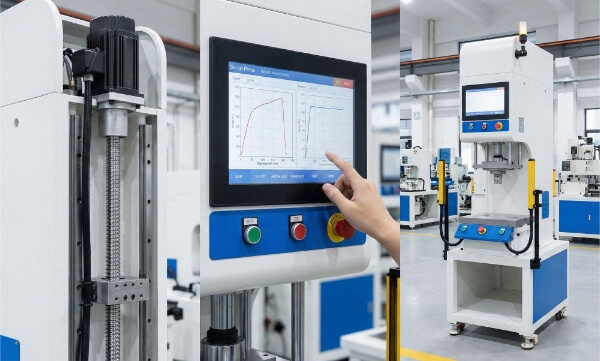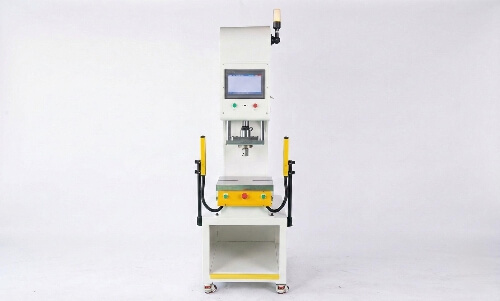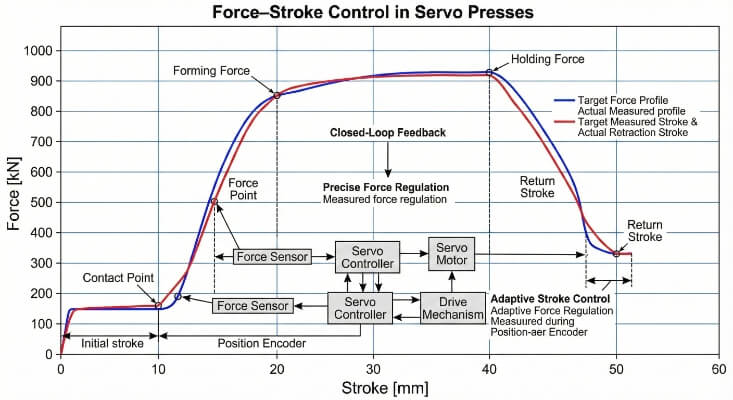Manufacturers often need help with maintaining consistent quality and efficiency. Many factors, including the type of tools used, contribute to these challenges. If you need help with product consistency or production speed, tooling might be the answer you’re looking for.
Tooling is the backbone of efficient manufacturing. It ensures each part produced meets exact specifications, leading to high-quality end products. Whether creating prototypes or engaging in mass production, proper tooling saves time and reduces costs.
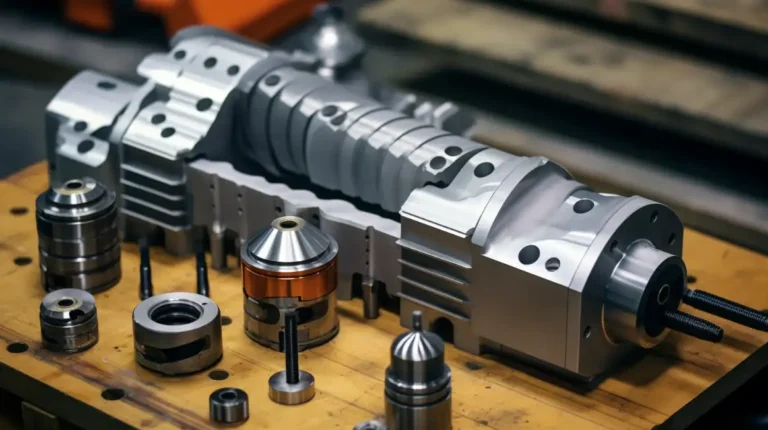
The Role of Tooling in Manufacturing
What is Tooling in Manufacturing?
Tooling in manufacturing refers to the creation and use of tools, molds, and equipment essential for producing parts and products. These tools ensure precision, efficiency, and consistency in manufacturing, ensuring that each product meets the desired specifications.
Enhancing Production Efficiency
Speed and Precision
Using the proper tooling significantly boosts both speed and precision in production. High-quality tools allow us to produce complex parts accurately and quickly. This reduces production time and increases overall efficiency, helping us meet tight deadlines and maintain high standards.
Reducing Human Error
Effective tooling minimizes human error. By automating critical parts of the manufacturing process, we reduce the reliance on manual labor. This enhances accuracy and ensures that each product is consistent, thereby maintaining high quality throughout the production run.
Cost Implications
Initial Investment vs. Long-term Savings
While the initial investment in tooling can be substantial, the long-term savings are considerable. Proper tooling reduces waste, lowers the need for rework, and enhances production efficiency. Over time, these savings can offset the initial costs, making tooling a wise investment.
Impact on Product Pricing
Effective tooling can also influence product pricing. By improving efficiency and reducing costs, we can offer competitive prices to our customers. This makes our products more attractive and helps us maintain a strong position in the market.
Types of Tooling in Manufacturing
Cutting Tools
Single-Point Cutting Tools
- Applications and Examples: Single-point cutting tools are primarily used to turn lathes operations. These tools have one cutting edge and are ideal for creating cylindrical shapes. Common examples include lathe-cutting tools and boring tools.
Multi-Point Cutting Tools
- Applications and Examples: Multi-point cutting tools have multiple cutting edges and are used in operations like milling and drilling. They offer higher efficiency and precision. Examples include milling cutters, drills, and reamers.
Forming Tools
Press Brakes
- Function and Use Cases: Press brakes to bend and shape sheet metal. They are essential for creating precise bends and angles in metal sheets.
Stamping Dies
- Types and Applications: Stamping dies are used in stamping presses to cut and form metal sheets into desired shapes. Types include progressive dies, transfer dies, and compound dies, each suited for different manufacturing needs like high-volume production or complex shapes.
Assembly Tools
Fastening Tools
- Riveting and Bolting Tools: These tools are used to join parts together securely. Riveting tools are ideal for permanent joints, while bolting tools are used for temporary or adjustable connections. Examples include pneumatic rivet guns and torque wrenches.
Welding Tools
- Types of Welding Processes: Welding tools are essential for joining metal parts through various welding processes such as MIG, TIG, and spot welding. Each process has specific tools designed for the job, like welding torches and electrode holders.
Molding Tools
Injection Molds
- Applications in Plastics and Metals: Injection molds produce complex shapes by injecting molten material into a mold. They are commonly used in the plastics industry for products like automotive parts and consumer goods and in metalworking to produce exact components.
Blow Molds
- Use in Manufacturing Hollow Products: Blow molds create hollow plastic products such as bottles and containers. This process involves inflating a heated plastic tube until it takes the shape of the mold cavity.
Special Purpose Tools
Jigs and Fixtures
- Enhancing Accuracy and Repeatability: Jigs and fixtures are custom-made tools that hold, support, and locate workpieces during manufacturing. They ensure accuracy and repeatability in drilling, milling, and assembly processes.
Machine Tools
- Types and Uses: Machine tools are mechanical devices for shaping and machining metal and other materials. Types include lathes, milling machines, and grinders. Each type is designed for specific machining tasks, such as cutting, shaping, and finishing parts.
Tooling Design and Development
Design Considerations
Material Selection
Choosing the suitable materials for tooling is crucial. The materials must be durable enough to withstand the stresses of manufacturing processes. Common materials include high-speed steel, carbide, and various tool steel grades.
Ergonomics and Safety
Ergonomics and safety are vital in tooling design. Tools should be designed to minimize operator fatigue and reduce the risk of injury. This involves considering the tool’s weight, handle design, and ease of use.
Prototyping and Testing
Importance of Prototypes
Prototyping is a critical step in tooling development. Creating prototypes allows us to evaluate the design before full-scale production. This helps identify potential issues and make necessary adjustments early in the process.
Testing Methods
Testing is essential to ensure the tooling meets all design and performance requirements. This includes functional tests to verify the tool’s operation under real-world conditions and stress tests to determine its durability and lifespan.
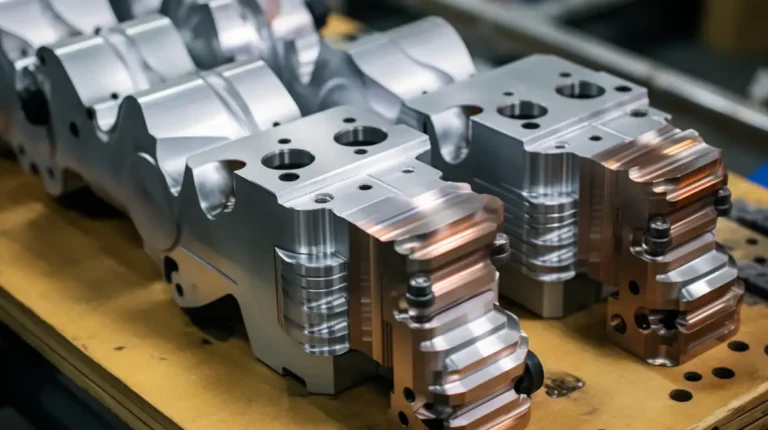
Advanced Technologies of Tooling in Manufacturing
Computer-Aided Design (CAD)
With CAD, we can create precise and detailed 3D models of tools. This technology allows quick modifications, reducing the time needed for design iterations. CAD also facilitates the simulation of tool performance, helping us identify potential issues before physical prototypes are made.
Additive Manufacturing
Additive Manufacturing (AM), commonly known as 3D printing, significantly impacts tooling. It allows for rapidly creating complex tool geometries that are difficult or impossible to achieve with traditional manufacturing methods. AM reduces lead times and costs associated with producing custom tools.
Automation and Robotics
Automation and robotics are increasingly integrated with tooling systems to enhance production efficiency and precision. Automated systems can perform repetitive tasks with high accuracy, reducing the potential for human error. Robotics can handle complex operations, such as assembly and welding, consistently.
Cost Considerations in Tooling
Factors Affecting Tooling Costs
Several factors influence the cost of tooling:
- Complexity of Tool Design: More intricate designs require more time and resources.
- Material Selection: High-quality materials like carbide and tool steels are more expensive but offer excellent durability and performance.
- Manufacturing Method: The method used, such as traditional machining versus additive manufacturing, can impact costs.
- Labor and Overhead Expenses: These contribute significantly to the overall cost.
- Maintenance Requirements: Regular maintenance can add to the total cost.
Cost-Benefit Analysis of Tooling Investments
Investing in high-quality tooling might seem expensive initially, but it offers significant long-term benefits:
- Longer Lifespan: High-quality tools typically last longer and require less frequent replacement, reducing long-term costs.
- Enhanced Production Efficiency: By minimizing downtime and reducing defects, superior tooling leads to lower scrap rates and rework costs.
- Improved Production Quality and Speed: These improvements result in substantial returns on investment over time.
- Justification of Initial Expenditure: A thorough cost-benefit analysis highlights the savings and productivity gains, justifying the initial investment.
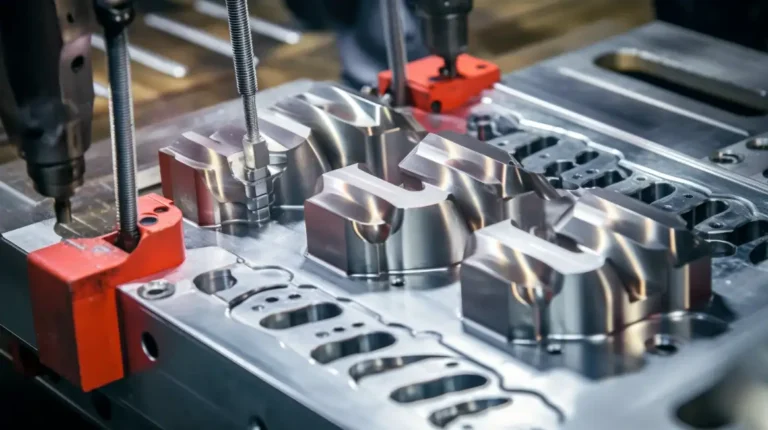
Tooling Maintenance and Management
Preventive Maintenance
Preventive maintenance is essential for ensuring the longevity and optimal performance of tooling. This involves regular inspection and servicing of tools to detect and address wear and tear before they lead to significant issues. Key activities include cleaning, lubrication, calibration, and replacing worn components.
Tooling Inventory Management
Efficient tooling inventory management maintains production flow and minimizes delays. This involves tracking the status and location of all tools to ensure they are available when needed. Implementing an inventory management system helps us monitor tool lifecycles, schedule preventive maintenance, and develop replacement programs.
Challenges of Tooling in Manufacturing
Precision and Tolerance Issues
One of the primary challenges in tooling is maintaining precision and tolerance. Factors such as tool wear, material inconsistencies, and machine accuracy can affect the final product. We must regularly calibrate and maintain tools and strict quality control measures to address these issues.
Balancing Cost and Quality
High-quality tools often come with a higher price tag but offer better performance and longer life. Cheaper tools may result in higher long-term costs due to frequent replacement and reduced production quality. The key is to evaluate the total cost of ownership, considering both initial investments and ongoing maintenance, to ensure the best value for money.
Sourcing and Logistics
Finding reliable suppliers who can deliver high-quality tools on time is crucial. Delays in tool delivery can disrupt production schedules and lead to costly downtime. Additionally, managing the logistics of transporting and storing tools requires careful planning.
Conclusion
Tooling is essential in manufacturing, influencing every stage from design to final output. Knowing the different types of tooling, principles of design and development, and advanced technologies can significantly improve efficiency and product quality. Proper maintenance and management practices ensure tool longevity and reliability. Addressing challenges like precision, cost-quality balance, and sourcing logistics is crucial for smooth operations.
Do you need a reliable sheet metal parts manufacturer? Shengen is the place to go. We specialize in sheet metal laser cutting, bending, surface finish, and CNC Machining. Reach out to Shengen Today and seek help from professionals!
FAQs
What is the difference between tooling and machining?
Tooling involves creating and maintaining tools like molds and dies used in manufacturing. Machining is a process where machines remove material from a workpiece to shape it using the tools created during the tooling process.
How does tooling impact product quality?
Tooling ensures precision and consistency in production. High-quality tools reduce defects and rework, improving product quality and efficiency throughout manufacturing.
How has digital technology influenced tooling?
Digital technology has revolutionized tooling with CAD for precise designs, 3D printing for complex tool creation, and automation for enhanced precision and speed. It also enables better tool management through predictive analytics and real-time monitoring.
More Resources:
Differences Between Tooling and Machining – Source: Quora
Impact of Tooling on Product Quality – Source: Generalplastics
Tooling Maintenance – Source: Pivot Precision
Hey, I'm Kevin Lee

For the past 10 years, I’ve been immersed in various forms of sheet metal fabrication, sharing cool insights here from my experiences across diverse workshops.
Get in touch

Kevin Lee
I have over ten years of professional experience in sheet metal fabrication, specializing in laser cutting, bending, welding, and surface treatment techniques. As the Technical Director at Shengen, I am committed to solving complex manufacturing challenges and driving innovation and quality in each project.

